Of interest here?
The coauthors of the seminal book The Virtual Corporation describe how the rise of artificial intelligence and virtual environments are ushering in an epic cultural transformation—and how we can thrive in this new era.
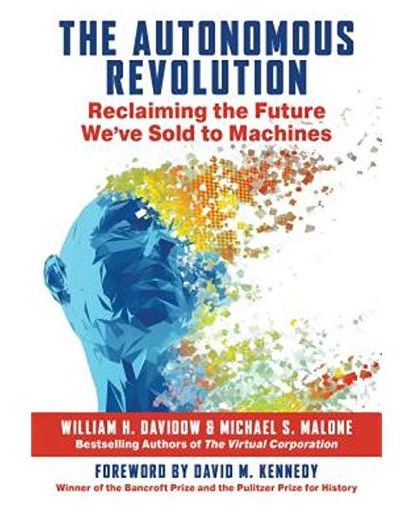
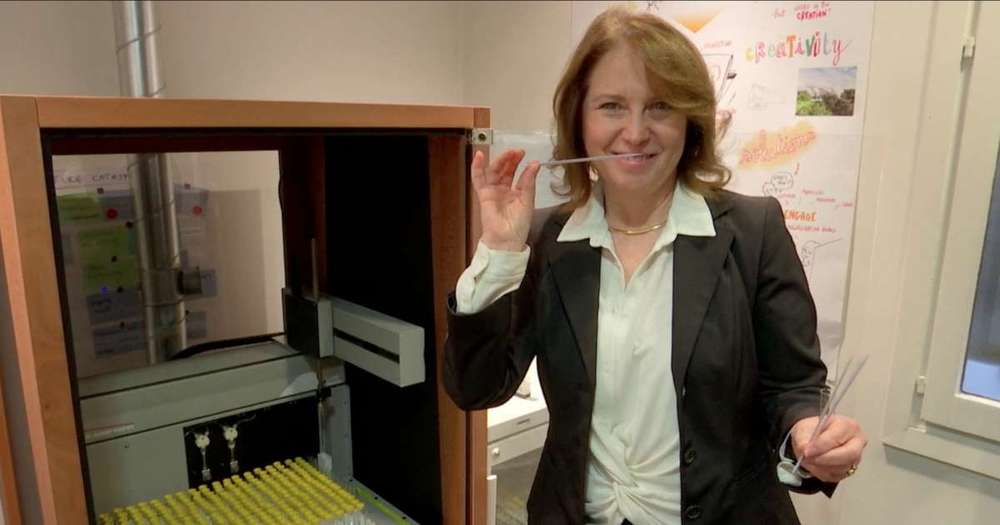

Budget documents describe a gun-armed “missile” that would be able to engage multiple targets, either on the ground or in the air.
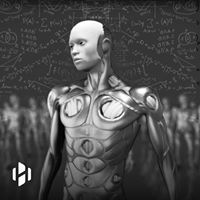
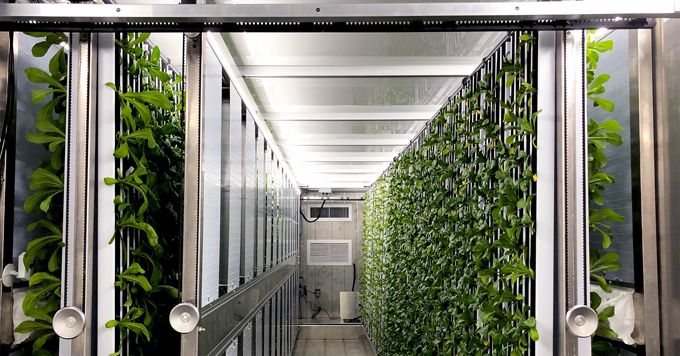
“It’s a 320-square-foot shipping container like you would see on a boat, a train, a truck, outfitted with an automated growing system,” he says, “to grow about 3.5 acres worth of produce with no pesticides, no herbicides, and about 98.5% less water.” Inside the Greenery, plants grow vertically, with their roots in a nutrient solution instead of soil. Sensors, pumps, and LED lights automatically maintain ideal growing conditions, so you don’t have to be an expert to start farming. “You plug it in and you’re growing same day,” McNamara says.
The crops grow vertically under LED lights.

Steven Hawking: “I don’t think we will survive another thousand years without escaping beyond our fragile planet.”
Probably the most notable direct result of space exploration is satellites. Once we could position a ship in orbit and take telemetry, we knew we could place unmanned pieces of equipment there and just let it orbit, running on its own, while receiving orders from the ground. From those satellites, we have created a global communication system and the global positioning system (GPS) that powers most of our communications capabilities today. What can bring peace and harmony on the planet more than our ability to communicate with each other beyond geographic and political boundaries? These technologies have been enhancing and saving for years.
Thanks to orbital technologies, we could explore the surrounding universe through orbital telescopes and the International Space Station (ISS). We have been studying the universe through lenses unhindered by the atmosphere. We’ve sent drones to explore the moon, Mars and other astral bodies in our solar system. Just like in the early space race, our engineers found yet more solutions that will improve our Earthly lives.
That is the legacy of space exploration. In 2019, NASA only received 0.49% of the American federal budget to do what it does best. A small amount of tax dollars for a huge return over generations. It’s just not that obvious to most people.
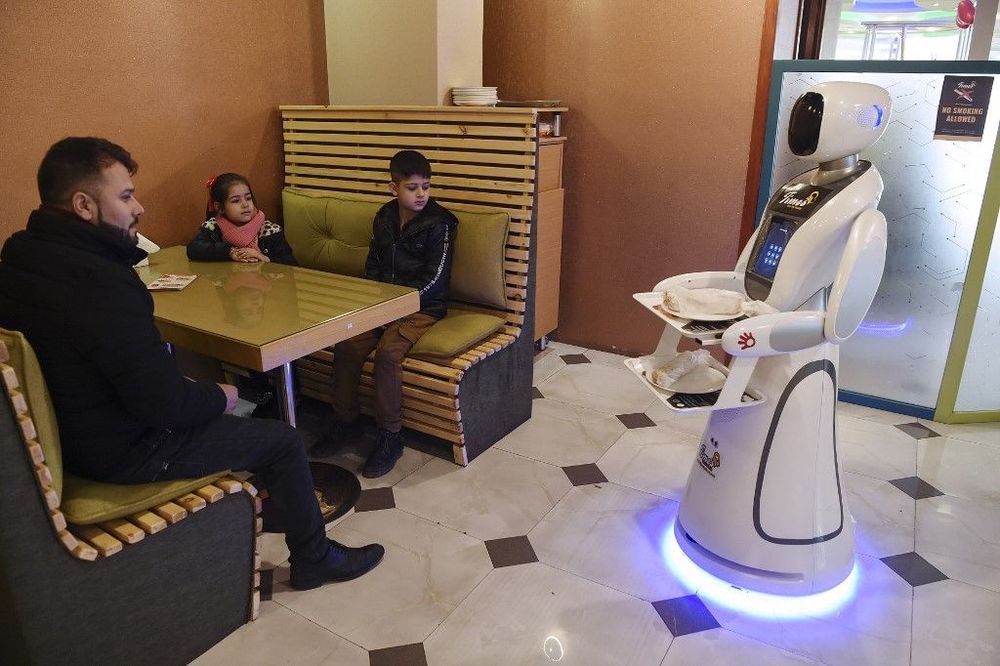
Afghanistan’s first-ever robot waitress glides up to a table of curious diners in central Kabul and presents them with a plate of French fries.
“Thank you very much,” the machine says in Dari, one of Afghanistan’s two main languages.
Restaurant manager Mohammad Rafi Shirzad says the humanoid robot, imported from Japan and designed to look vaguely like a women wearing a hijab, has already pulled in new customers since it started working last month.
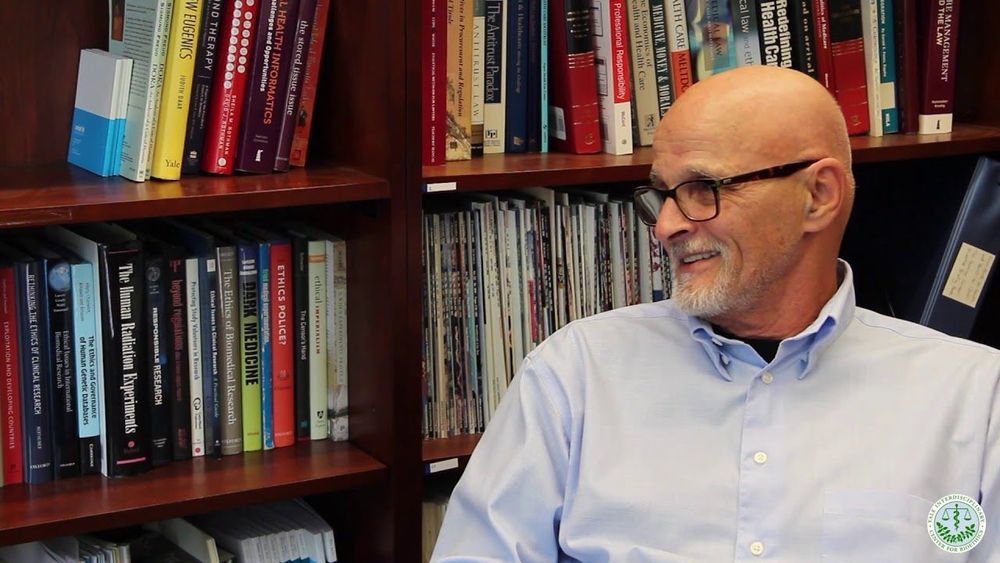
Superb piece.
“But, I say we should pursue science and technology because, like Prometheus, the fires of invention burn bright, and although we may not always know where it leads us, a world darkened by the fear of treading upon the unknown, is unimaginable.”
Yet we can look to a brighter side, one I could never have imagined in the ’60’s when the chromosomes we karyotyped would be uncoiled to lay bare the genome as an instrument for critical medical diagnoses, to set free those erroneously convicted of crime, or enlighten us about Mitochondrial Eve our common mother, and the long journey that began two hundred thousand years ago; the journey that brought me into the world of physical things, air, table and chairs, and beyond into the space of the geometries and cohorts, like Golay and Bolsey, who helped me better understand my Universe, the one either too small or too far to see, unless aided by the eyes of science and technology. I once wondered how I got here, and now I think I know, but I am afraid my second query, “where will it lead,” will remain an open question.
One cannot predict with any precision where technology will lead us, although it has the indisputable potential to reduce suffering, extend life, and increase living standards. And, in the hands of the powerful, we witness its misuse altering natural patterns: ecosystems, the sustainability of organisms, to kill with greater efficiency. If we were separated from modern inventions, we would remain alive not more than a few days, weeks for survivalists. Invention does not only express our ingenuity, it expresses a societal conscience commensurate with the kind of world we collectively choose to live in.
Ingenuity itself has little control over where it leads, and I have long wondered whether one might in the words of Hamlet, “bear those ills we have than fly to others that we know not of.” But, I say we should pursue science and technology because, like Prometheus, the fires of invention burn bright, and although we may not always know where it leads us, a world darkened by the fear of treading upon the unknown, is unimaginable.

Addressing problems of bias in artificial intelligence, computer scientists from Princeton and Stanford University have developed methods to obtain fairer data sets containing images of people. The researchers propose improvements to ImageNet, a database of more than 14 million images that has played a key role in advancing computer vision over the past decade.
ImageNet, which includes images of objects and landscapes as well as people, serves as a source of training data for researchers creating machine learning algorithms that classify images or recognize elements within them. ImageNet’s unprecedented scale necessitated automated image collection and crowdsourced image annotation. While the database’s person categories have rarely been used by the research community, the ImageNet team has been working to address biases and other concerns about images featuring people that are unintended consequences of ImageNet’s construction.
“Computer vision now works really well, which means it’s being deployed all over the place in all kinds of contexts,” said co-author Olga Russakovsky, an assistant professor of computer science at Princeton. “This means that now is the time for talking about what kind of impact it’s having on the world and thinking about these kinds of fairness issues.”

Moving ever closer to the Web v.5.0 – an immersive virtual playground of the Metaverse – would signify a paramount convergent moment that MIT’s Rizwan Virk calls ‘The Simulation Point’ and I prefer to call the ‘Simulation Singularity’. Those future virtual worlds could be wholly devised and “fine-tuned” with a possibility to encode different sets of “physical laws and constants” for our enjoyment and exploration.
We are in the “kindergarten of godlings” right now. One could easily envision that with exponential development of AI-powered multisensory immersive technologies, by the mid-2030s most of us could immerse in “real virtualities” akin to lifestyles of today’s billionaires. Give it another couple of decades, each of us might opt to create and run their own virtual universe with [simulated] physics indistinguishable from the physics of our world. Or, you can always “fine-tune” the rule set, or tweak historical scenarios at will.
How can we be so certain about the Simulation Singularity circa 2035? By our very nature, we humans are linear thinkers. We evolved to estimate a distance from the predator or to the prey, and advanced mathematics is only a recent evolutionary addition. This is why it’s so difficult even for a modern man to grasp the power of exponentials. 40 steps in linear progression is just 40 steps away; 40 steps in exponential progression is a cool trillion (with a T) – it will take you 3 times from Earth to the Sun and back to Earth.
This illustrates the power of exponential growth and this is how the progress in information and communication technologies is now literally exploding – by double-improving price-to-performance ratio roughly once a year. This is why you can see memory cards jumping regularly from 32MB to 64MB, then to 128MB, 256MB and 512MB. This is why your smartphone is as capable as a supercomputer 25 years ago. This is why telecommunication carriers are actively deploying 5G wireless networks, as you read this article.